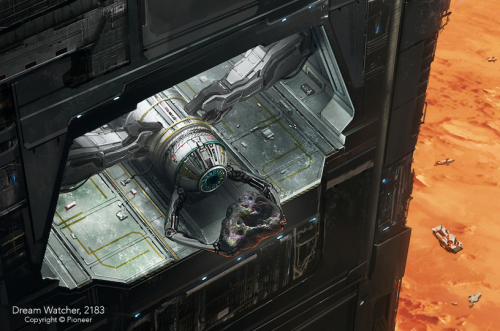SpaceX enters business of drilling for natural gas
Capitalism in space: SpaceX has decided to enter the natural gas energy business to help fuel its rockets, and is presently in a legal dispute with another natural gas drilling company over rights to drill on a piece of property near its Boca Chica Starship facility.
SpaceX intends to drill wells close to the company’s Boca Chica launchpad, it was revealed during a Friday hearing before the Railroad Commission of Texas, the state’s energy regulator.
Production has yet to start because of a legal dispute between the SpaceX subsidiary Lone Star Mineral Development and another energy company. Tim George, an attorney representing Lone Star, said at the hearing that SpaceX plans to use the methane it extracts from the ground “in connection with their rocket facility operations.”
While it’s unclear what exactly the gas would be used for, SpaceX plans to utilize super-chilled liquid methane and liquid oxygen as fuel for its Raptor engines.
Since methane is the main component of natural gas, I suspect SpaceX hopes to utilize the gas it pumps out to fuel its Starship & Super Heavy rockets. By obtaining the gas from its own wells, SpaceX cuts out any middle men, and has the opportunity to reduce its costs as well.
Capitalism in space: SpaceX has decided to enter the natural gas energy business to help fuel its rockets, and is presently in a legal dispute with another natural gas drilling company over rights to drill on a piece of property near its Boca Chica Starship facility.
SpaceX intends to drill wells close to the company’s Boca Chica launchpad, it was revealed during a Friday hearing before the Railroad Commission of Texas, the state’s energy regulator.
Production has yet to start because of a legal dispute between the SpaceX subsidiary Lone Star Mineral Development and another energy company. Tim George, an attorney representing Lone Star, said at the hearing that SpaceX plans to use the methane it extracts from the ground “in connection with their rocket facility operations.”
While it’s unclear what exactly the gas would be used for, SpaceX plans to utilize super-chilled liquid methane and liquid oxygen as fuel for its Raptor engines.
Since methane is the main component of natural gas, I suspect SpaceX hopes to utilize the gas it pumps out to fuel its Starship & Super Heavy rockets. By obtaining the gas from its own wells, SpaceX cuts out any middle men, and has the opportunity to reduce its costs as well.

